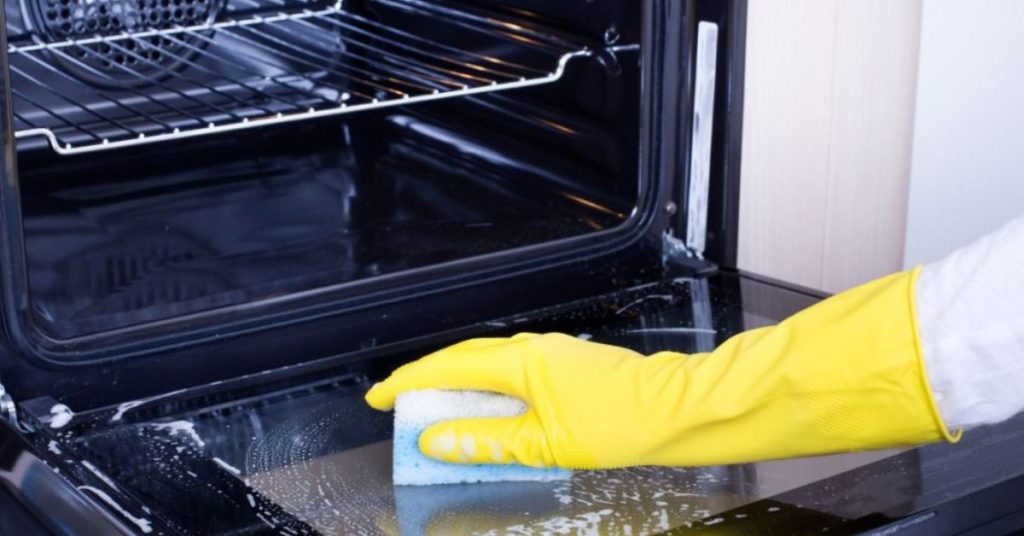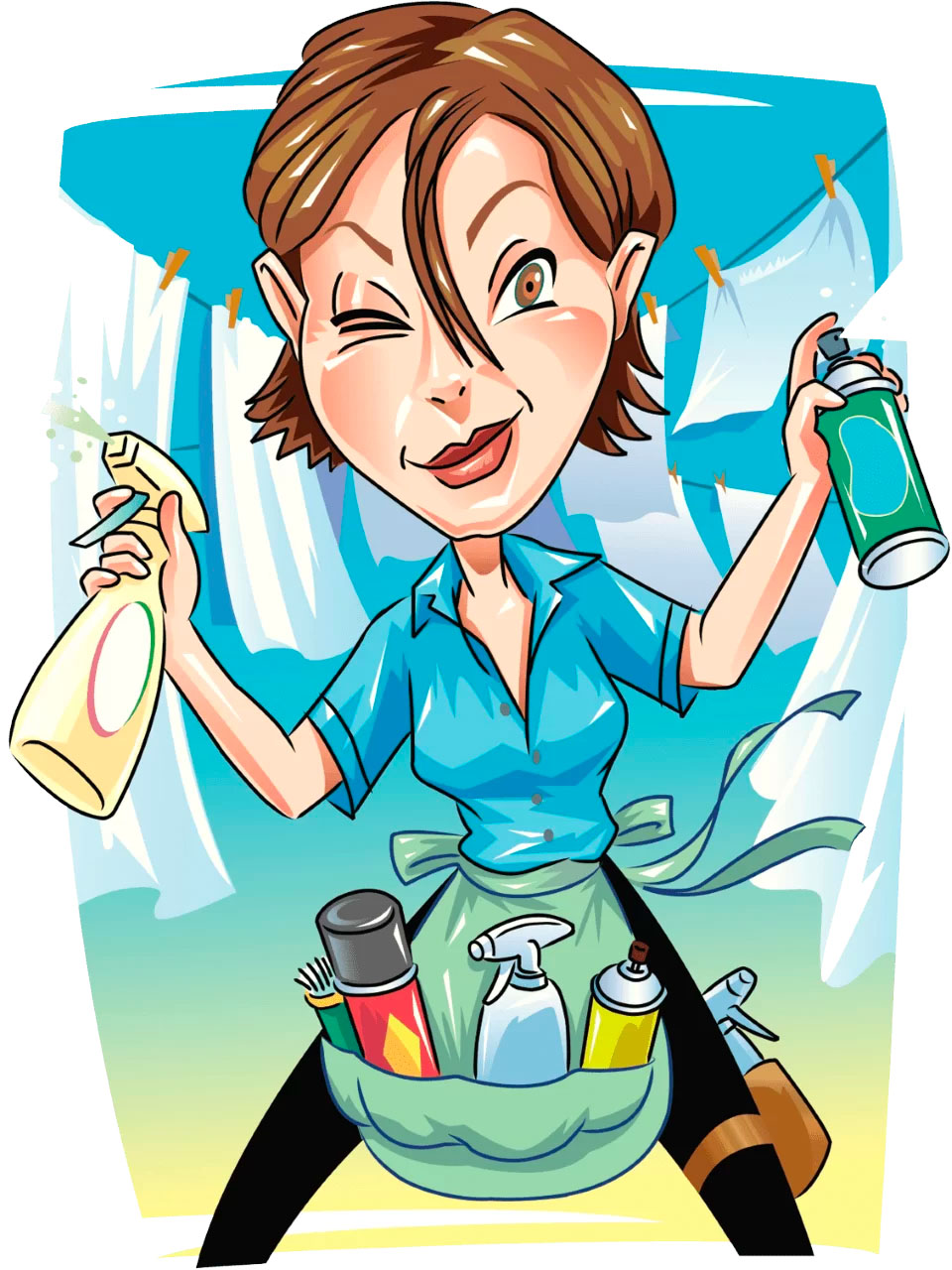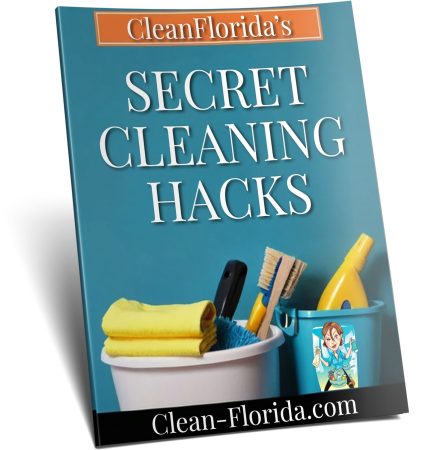Home appliances are essential for our daily lives, making household chores easier and more efficient. However, to keep them running smoothly and extend their lifespan, regular cleaning and maintenance are crucial. In this blog post, we’ll share practical house cleaning tips and tricks, along with house cleaning advice, to help you clean and maintain your home appliances effectively.

The Refrigerator
The refrigerator is one of the most frequently used appliances in your home, and it requires regular cleaning to keep it running efficiently and to prevent food contamination.
Cleaning Tips:
- Empty the Refrigerator: Start by removing all the food items from the refrigerator. Check expiration dates and discard any expired or spoiled items.
- Remove Shelves and Drawers: Take out all removable shelves and drawers and wash them with warm, soapy water. Rinse and dry them thoroughly before putting them back.
- Wipe Down Interior Surfaces: Use a mixture of equal parts water and white vinegar to wipe down the interior surfaces of the refrigerator. This solution helps to remove stains and odors.
- Clean the Door Seals: Wipe down the door seals with a damp cloth to remove any dirt or debris. This helps to maintain a proper seal and prevent cold air from escaping.
- Clean the Exterior: Wipe down the exterior of the refrigerator with a damp cloth and a mild detergent. Pay special attention to the handles and control panel.
Maintenance Tips:
- Check the Temperature: Ensure that the refrigerator temperature is set between 35°F and 38°F to keep food fresh and prevent bacterial growth.
- Clean the Condenser Coils: Dust and debris can accumulate on the condenser coils, causing the refrigerator to work harder. Clean the coils every six months using a vacuum or a coil brush.
- Replace the Water Filter: If your refrigerator has a water dispenser or ice maker, replace the water filter every six months to ensure clean and fresh-tasting water.
The Dishwasher
A clean dishwasher ensures that your dishes come out sparkling clean and free of residue. Regular maintenance also helps to prevent clogs and extend the appliance’s lifespan.
Cleaning Tips:
- Empty the Dishwasher: Remove all dishes and utensils from the dishwasher.
- Clean the Filter: Remove the dishwasher filter and rinse it under running water to remove food particles and debris. If the filter is particularly dirty, soak it in warm, soapy water for a few minutes before rinsing.
- Wipe Down the Interior: Use a damp cloth and a mild detergent to wipe down the interior surfaces of the dishwasher, including the door and gasket.
- Run a Cleaning Cycle: Place a dishwasher-safe cup filled with white vinegar on the top rack and run a hot water cycle. This helps to remove grease, grime, and odors.
- Clean the Spray Arms: Remove the spray arms and rinse them under running water to remove any clogs. Use a toothpick to clear any blocked holes.
Maintenance Tips:
- Check for Leaks: Regularly inspect the dishwasher for any signs of leaks or water damage. Address any issues promptly to prevent further damage.
- Use the Right Detergent: Use a high-quality dishwasher detergent and avoid overloading the dishwasher to ensure optimal cleaning performance.
- Run Hot Water: Before starting a dishwasher cycle, run hot water in the sink to ensure that the dishwasher starts with hot water for better cleaning results.
The Washing Machine
A clean washing machine ensures that your clothes come out fresh and clean. Regular maintenance helps to prevent mold, mildew, and unpleasant odors.
Cleaning Tips:
- Run a Cleaning Cycle: Run an empty hot water cycle with two cups of white vinegar to remove soap scum, mold, and mildew. Follow up with another hot water cycle with half a cup of baking soda to neutralize odors.
- Clean the Detergent Dispenser: Remove the detergent dispenser and soak it in warm, soapy water. Use a brush to scrub away any residue before rinsing and drying it thoroughly.
- Wipe Down the Drum and Door: Use a damp cloth and a mild detergent to wipe down the drum, door, and rubber gasket. Pay special attention to the gasket, as mold and mildew can accumulate there.
- Leave the Door Open: After each wash, leave the washing machine door open to allow air circulation and prevent mold and mildew growth.
Maintenance Tips:
- Check the Hoses: Inspect the washing machine hoses for any signs of wear, cracks, or leaks. Replace the hoses every five years to prevent water damage.
- Use the Right Detergent: Use a high-efficiency (HE) detergent for HE washing machines to prevent excess suds and residue buildup.
- Balance the Load: Avoid overloading the washing machine and distribute clothes evenly to prevent excessive vibration and wear on the machine.
The Dryer
A clean and well-maintained dryer ensures that your clothes dry efficiently and reduces the risk of fire hazards.
Cleaning Tips:
- Clean the Lint Trap: After each use, remove the lint trap and clean it thoroughly to remove lint and debris. This helps to improve airflow and drying efficiency.
- Wipe Down the Drum: Use a damp cloth and a mild detergent to wipe down the interior drum of the dryer. This helps to remove any residue or fabric softener buildup.
- Clean the Vent Hose: Disconnect the vent hose and use a vacuum or a vent brush to remove lint and debris. This helps to prevent clogs and reduce the risk of fire.
Maintenance Tips:
- Check the Ventilation: Ensure that the dryer vent is properly installed and free of obstructions. Proper ventilation helps to improve drying efficiency and reduce the risk of fire.
- Inspect the Drum Seal: Regularly inspect the drum seal for any signs of wear or damage. A damaged seal can cause clothes to get caught and damaged during the drying cycle.
- Use the Right Settings: Use the appropriate drying settings for different types of fabrics to prevent over-drying and reduce energy consumption.
The Oven
A clean oven ensures that your food cooks evenly and reduces the risk of smoke and unpleasant odors.
Cleaning Tips:
- Remove Oven Racks: Take out the oven racks and soak them in warm, soapy water. Use a scrub brush to remove any baked-on grease and food particles.
- Clean the Interior: Use a mixture of baking soda and water to create a paste. Apply the paste to the interior surfaces of the oven and let it sit for a few hours or overnight. Wipe away the paste with a damp cloth and rinse thoroughly.
- Clean the Oven Door: Use a mixture of equal parts water and white vinegar to clean the oven door. Wipe down the glass and the door frame to remove grease and grime.
Maintenance Tips:
- Check the Seals: Inspect the oven door seals for any signs of wear or damage. A damaged seal can cause heat to escape, reducing cooking efficiency.
- Use a Drip Tray: Place a drip tray or aluminum foil on the bottom of the oven to catch spills and prevent them from burning onto the oven floor.
- Avoid Harsh Chemicals: Avoid using harsh chemicals or abrasive cleaners on the oven, as they can damage the interior surfaces and affect cooking performance.
Conclusion
Regular cleaning and maintenance of your home appliances are essential for keeping them running smoothly and extending their lifespan. By following these house cleaning tips and tricks and incorporating house cleaning advice into your routine, you can ensure that your appliances remain in top condition and continue to serve you well. Remember, a little effort and consistency go a long way in maintaining a clean and efficient home.
About The Author
Clean Florida is a professional cleaning service located in Naples, FL They offer a variety of cleaning services to meet most residential cleaning needs, including recurring maid services, deep house cleaning services, and move-in/out cleaning services. If you live in the Naples, Bonita Springs or Estero FL area, we invite you to request a free home cleaning quote.
Quote Form
← Next Blog Post: Top 5 Benefits Of Professional Cleaning Services For Vacation Rentals

